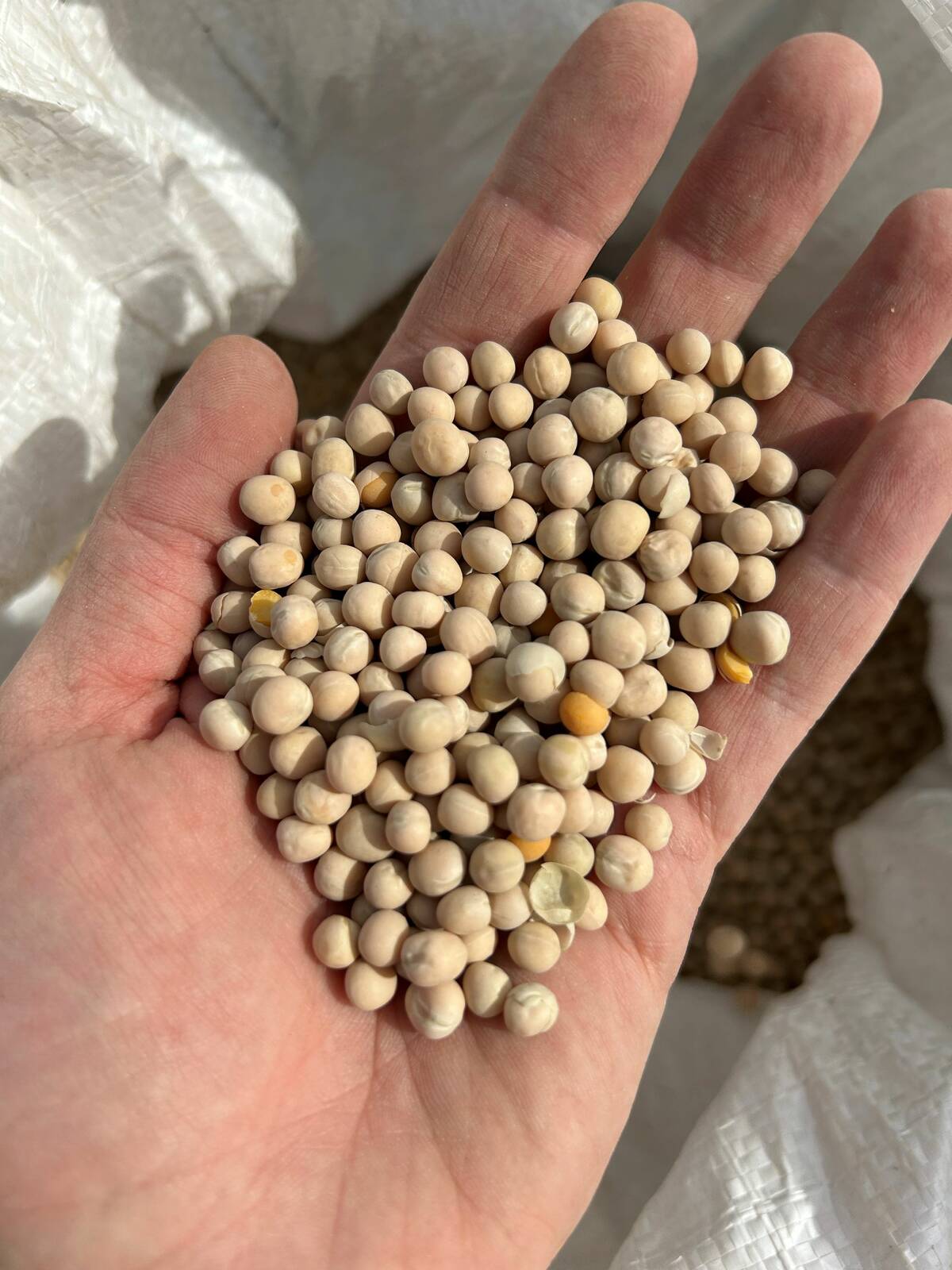Canadian National Railway (CN) plans to go to court to try to appeal a substantial cut in the cap on railways’ grain handling revenue for 2007-08.
The Canadian Transportation Agency (CTA), which caps the amount of revenue CN and Canadian Pacific Railway (CPR) can keep from handling Prairie grain, on Feb. 19 announced a reduction of $72.2 million in the overall cap.
That translates to a cut of $2.59 per tonne of grain hauled, based on the two companies’ expected grain handle, retroactive to Aug. 1, 2007.
The CTA had ruled that “significant improvements” in railway operating efficiency had reduced the railways’ costs of maintaining federally-owned grain hopper cars.
Read Also

Pulse Weekly: Tariffs guide yellow peas in 2025
Tariffs were a major influence on Canadian yellow pea prices in 2025, with levies imposed by China and India. The two countries are Canada’s biggest foreign pulse buyers.
Those costs had previously been “embedded” in the railways’ revenue cap at a rate of $4,379 per car, but the CTA’s Feb. 19 decision resets the cap at just $1,371 per car.
CN said in a release Monday it will seek leave at the Federal Court of Appeal against the CTA decision. CPR announced a similar filing Feb. 20.
“Unless amended by the Federal Court the CTA ruling will permanently damage CN’s grain business,” CN CEO Hunter Harrison said in the company’s release. “It will turn the grain business — now producing slightly below average profits — into our least-profitable commodity group.”
Harrison didn’t specify on the financial impact to the railway. CPR said last month that the CTA ruling led it to cut its earnings-per-share guidance by five cents per share to the $4.65-$4.80 range.
“If unchecked, the continued erosion of grain profits by re-regulation will force CN to review investment decisions in grain transportation and to restructure its services for the sector,” Harrison said.
It’s understandable that farmers would like to pay lower freight rates for their grain, he continued. “Everyone would like to pay less for what they buy. But the fact is that prices are normally set in the marketplace — it’s true for gasoline at the pumps, food at the grocery store, and, yes, it’s also true for grain, which is currently commanding record high prices because of supply and demand dynamics.”














